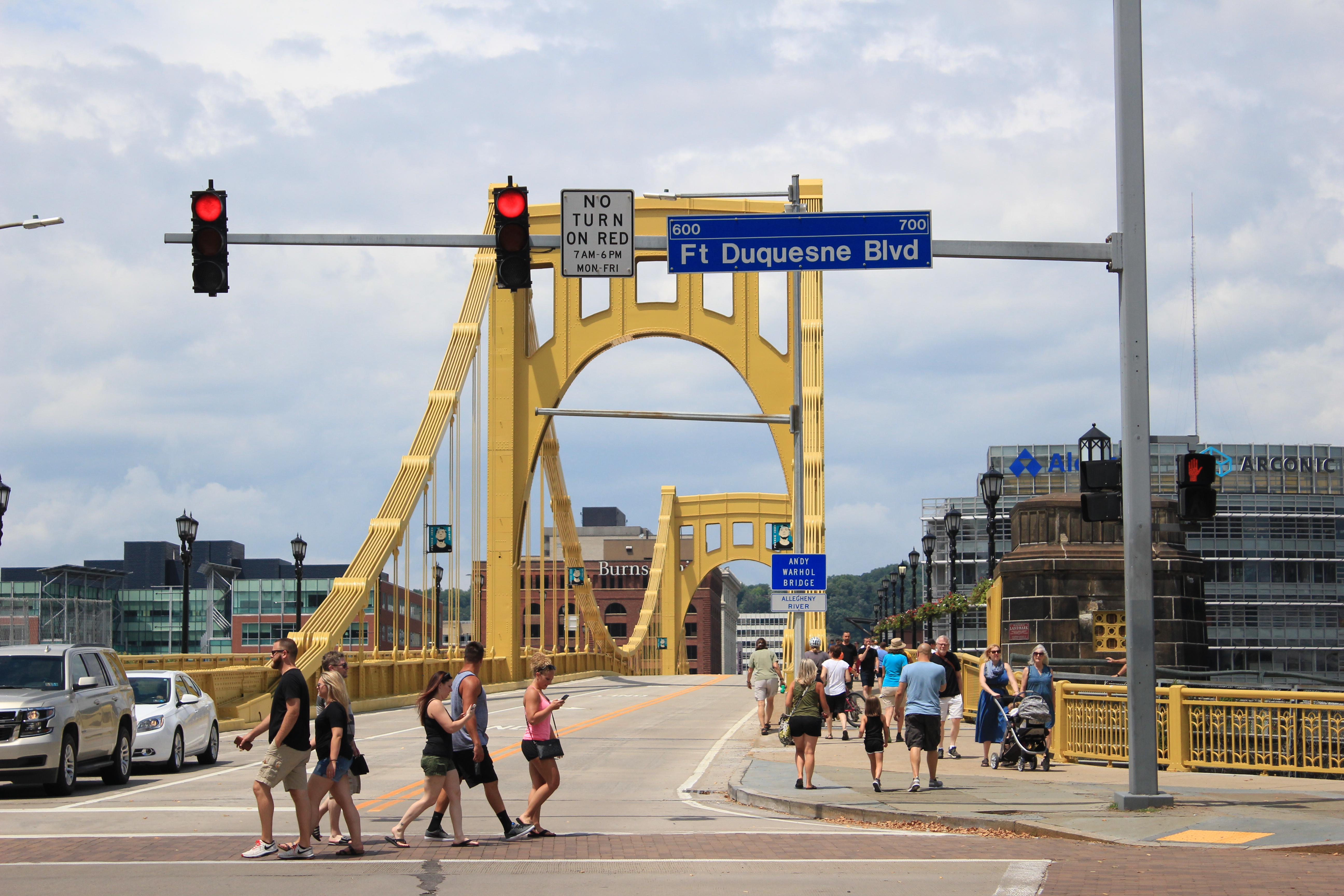The story starts around 1750 when the French were attempting to expand their territory and unite Canada with French Louisiana. The Brits had built a small fort on a flat piece of land at the meeting point of three key rivers – the Allegheny, the Monongahela, and the mighty Ohio (which meets the even mightier Mississippi further downstream). This was a key strategic point and a high volume fur trading area. The French arrived, drove them off, and built the bigger Fort Duquesne. A party of Brits attempted to take that fort soon after, with Major George Washington as one of the key figures, only to be repelled (I imagine the French shouted, “your mother was a hamster!”). A couple years later, with a much larger British force approaching, the French pulled stumps, burned everything down and ran. The Brits then constructed a beast of a fort with all the latest tech – earthen walls facing the river to absorb gun fire, flat stone walls to defend against a land attack, moats, blockhouses, five corners to defend any angle, etc. The fort was named after the British statesman William Pitt, and the town that grew around it became Pittsborough and later Pittsburgh.
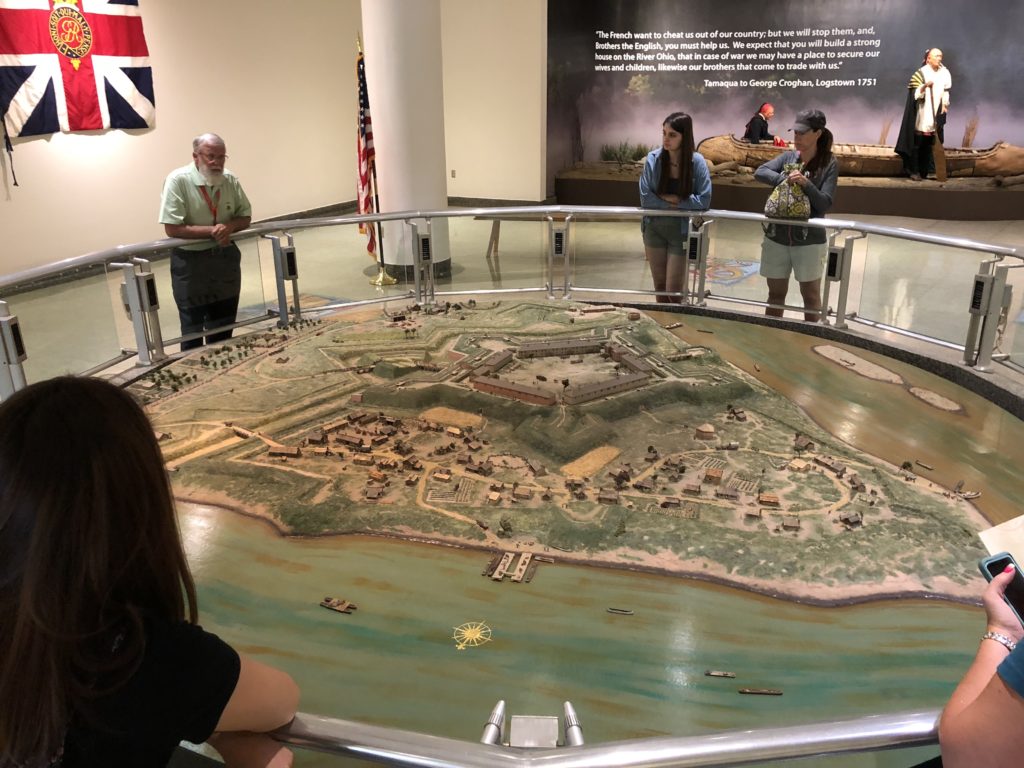
The most interesting part of our tour around the Fort Pitt Museum was about fur trading. I never really thought much about fur trading before, but it was big business. It went something like this:
The Brits (or French) would set up a log cabin shop at a convenient spot, say, next to a big river. The Native Americans wanted European goods – lead pots (they were using clay ones before), European clothes, hunting rifles, red dye from India, etc. The Brits, meanwhile, wanted animal furs to make pants, hats, and even fashion statements. Given that a Franc or a Pound Sterling meant nothing to a Native American, the currency of exchange became a male deer hide, i.e. a buck. At this point, our tour guide assured us that they had the evidence to confirm that this is how we came to talk about money as “bucks”, as in, “that’ll be ten bucks, sir”. With the male deer hide as the base, other animal furs had a value based on it. It took four foxes to make a buck, for example. The fur trade, along with logging from up the Allegheny River, were two of the key sources of income back in the day.

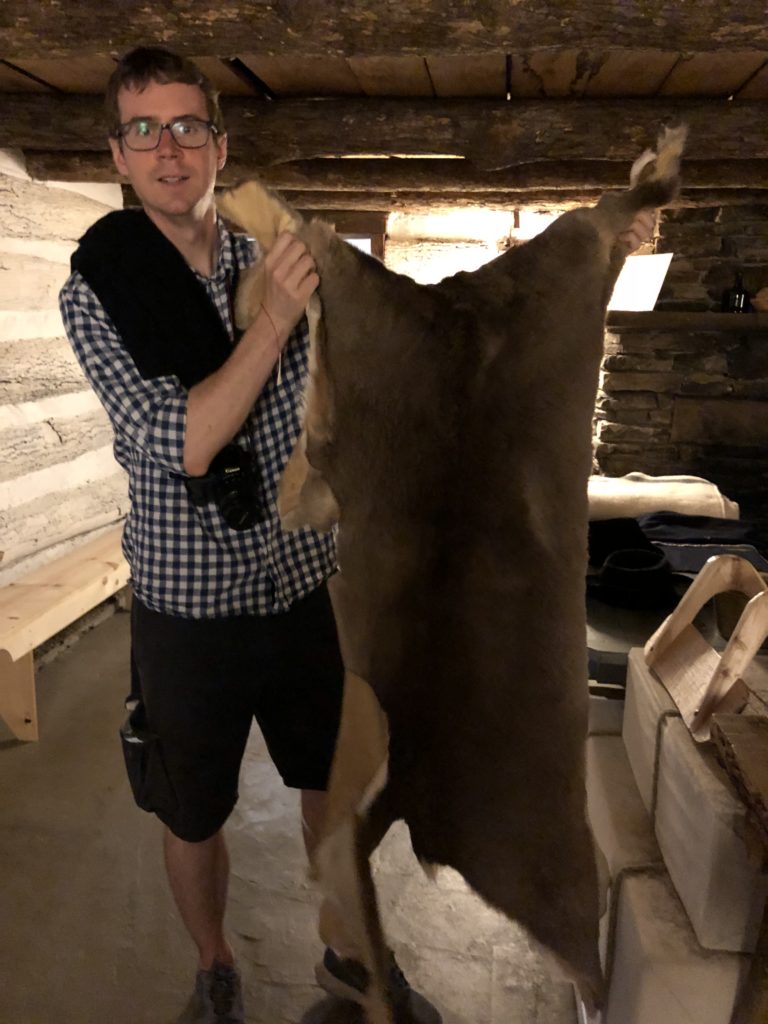
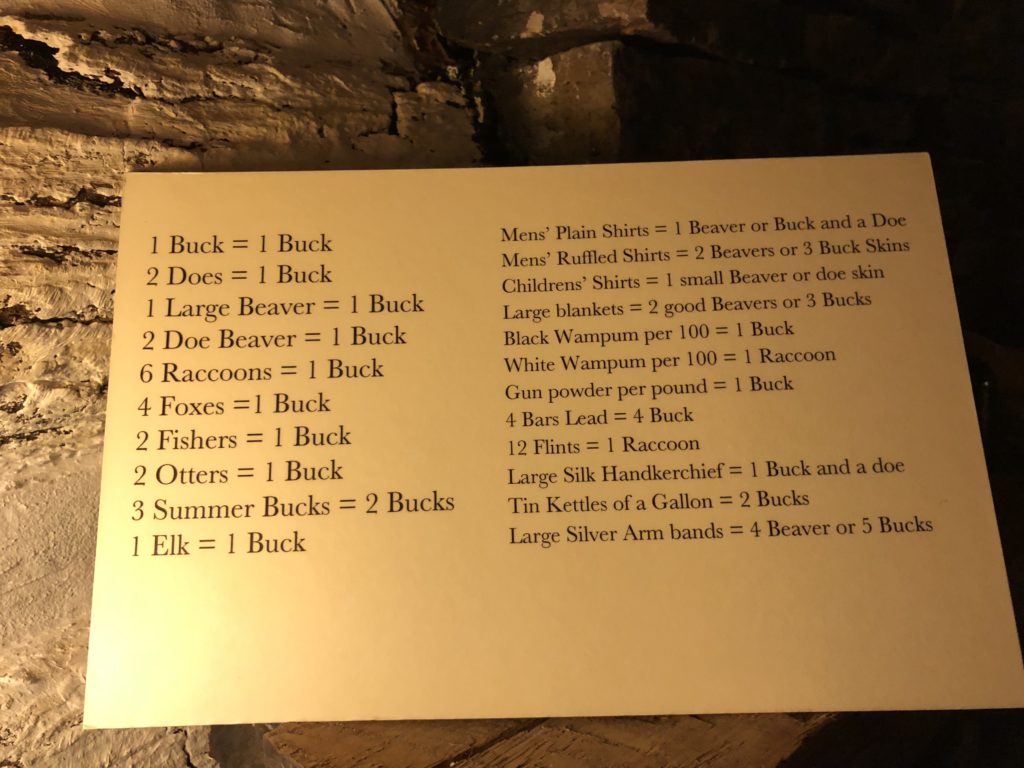
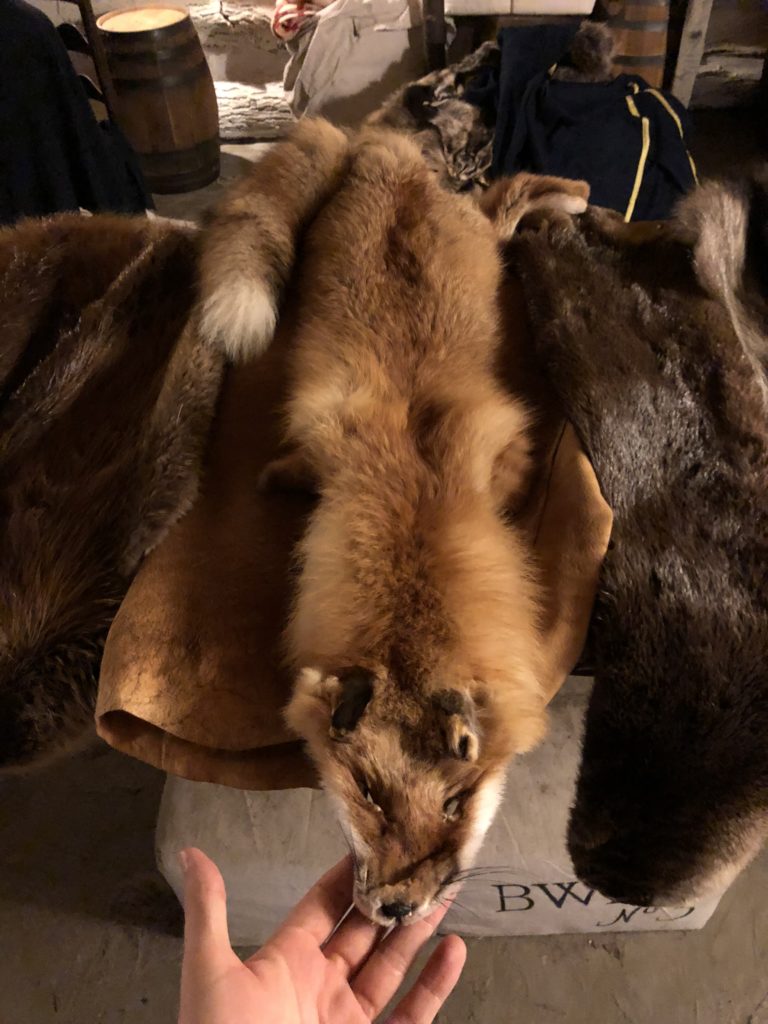
Pittsburgh is an industry powerhouse, the best example for which is steel. A Scot by the name of Andrew Carnegie began steel production there in the 1870s – the surrounding Appalachian Mountains were rich in iron ore and coal. This grew into the mighty US Steel, and made Carnegie the richest person on the planet. In the early 1900s, Pittsburgh was churning out between 30% and 50% of the country’s steel output. But it doesn’t end at steel. Pittsburgh is famous for producing industrial titans in paints & coatings (PPG Industries), aluminium (Alcoa, Arconic), food processing (Heinz), financial services (PNC), etc. With all that economic activity and steel production, it’s no surprise that there are scores of steel girder bridges across all three big rivers. In fact, Pittsburgh is known as both the “Steel City” and the “City of Bridges”.
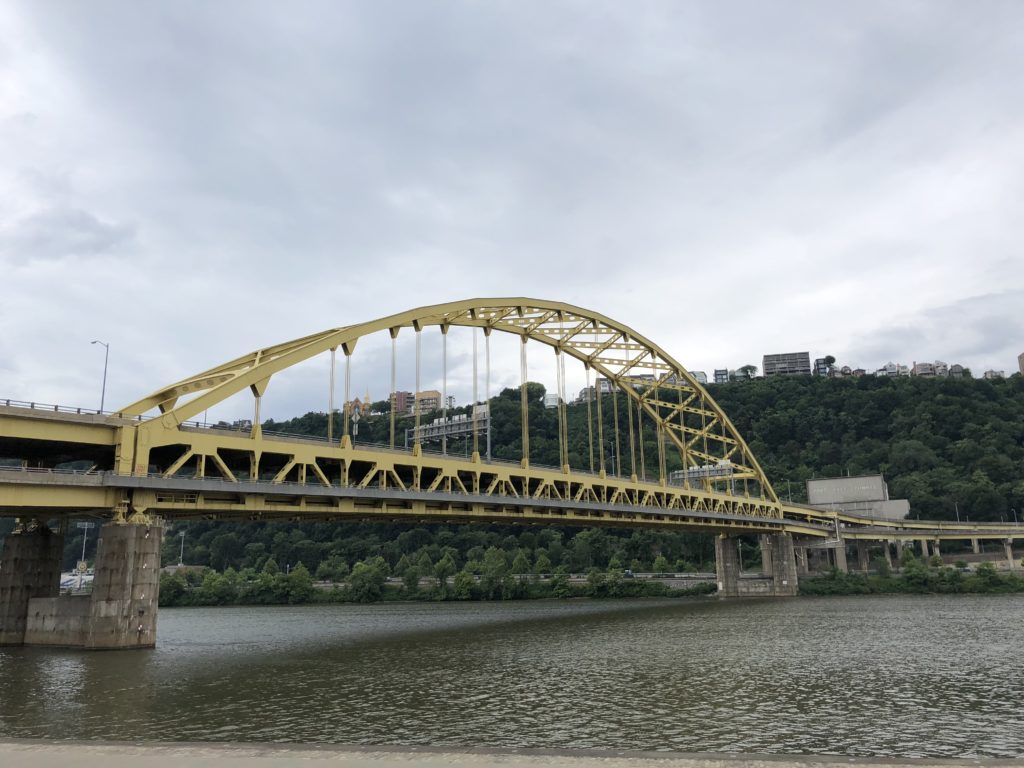
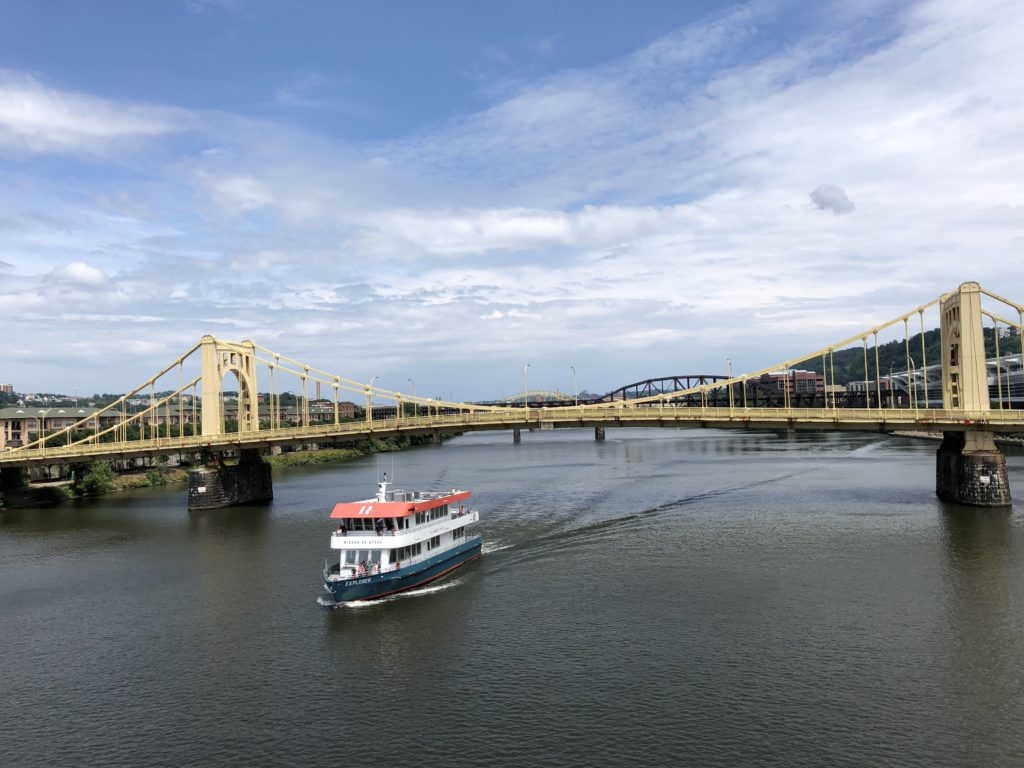
The steel industry has seen many business cycles over the years, as well as a structural decline as higher cost Western mills are less able to compete with Eastern ones. Pittsburgh’s economy seems to have followed these cycles. We took a drive past two of the key US Steel mills near Pittsburgh – the Mon Valley and Clairton Steel Works. Clairton, by the way, is the setting for steel workers who go off to Vietnam in the classic movie The Deer Hunter.
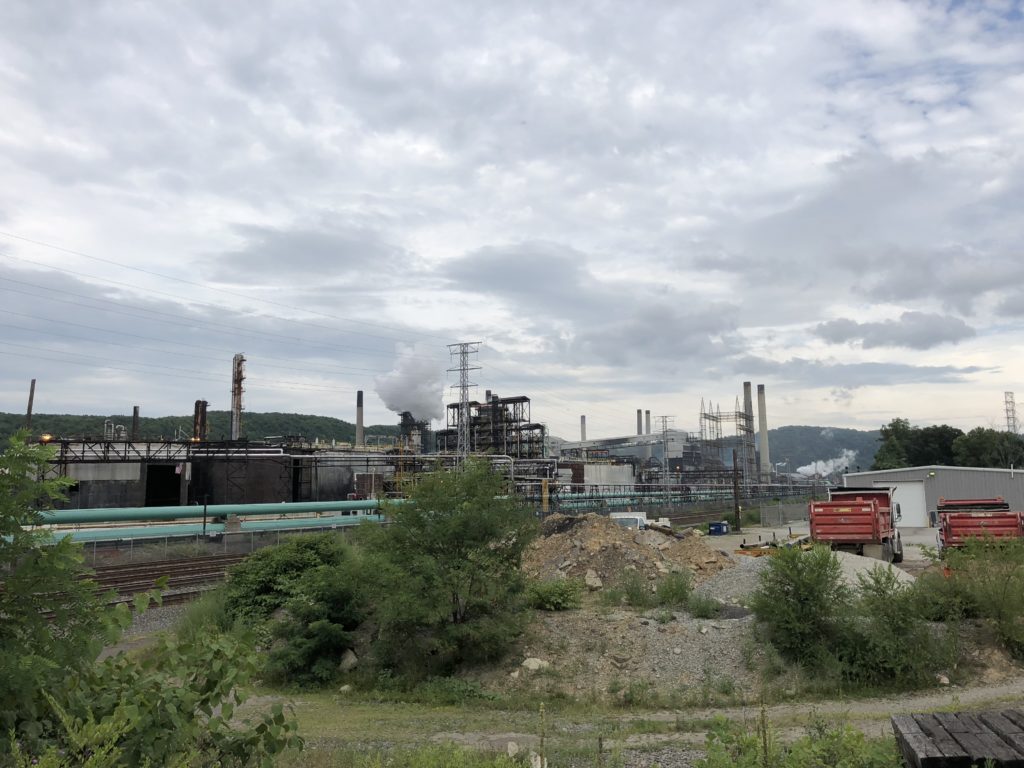
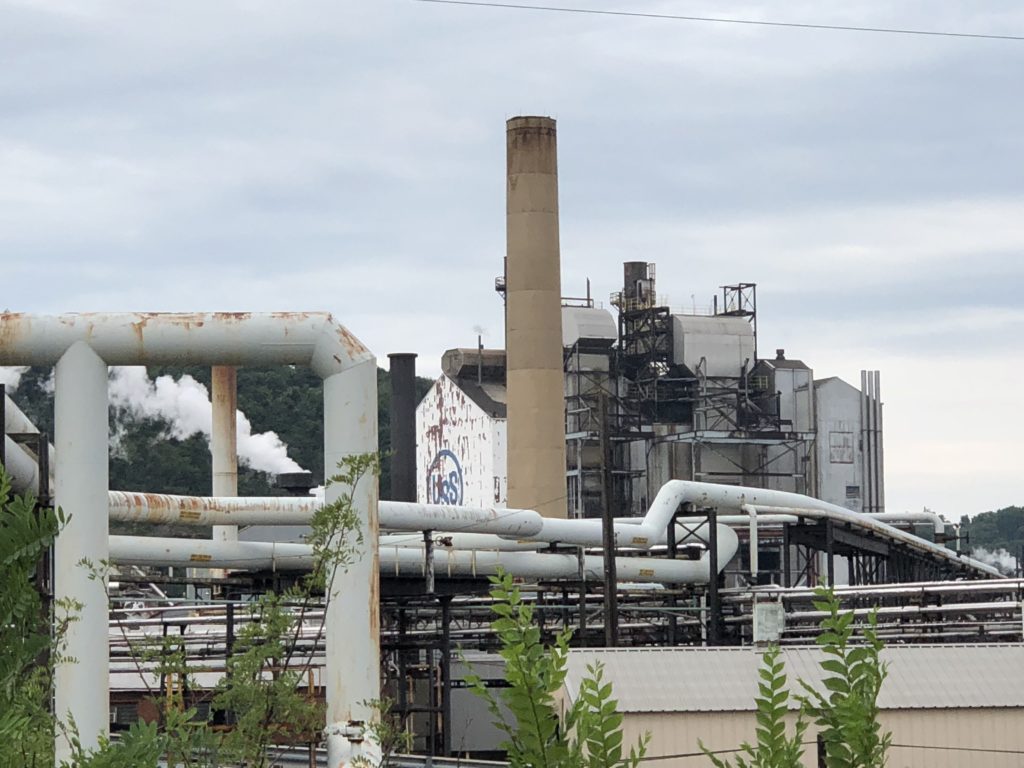
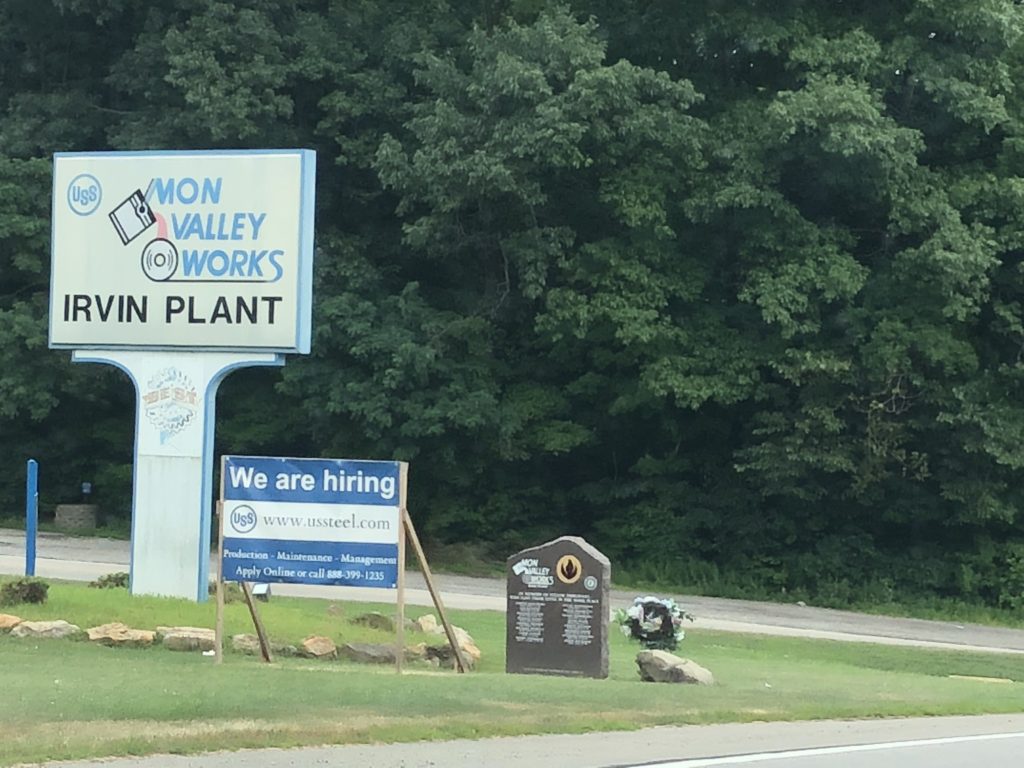
In the world of sports, Pittsburgh has the legendary Steelers (American football; won the Super Bowl six times, the most of any team), Penguins (ice hockey; five time Stanley Cup winners), and the apparently much less-legendary Pirates (baseball). Both the Steelers and the Pirates’ home stadiums hold prime positions next to the Allegheny River on the “North side”. Support for these teams is huge. There may be a link between the presence of large blue-collar workforces and die-hard support for local teams. Unfortunately, there wasn’t a game on when we were in town, instead we stumbled into the annual pickle festival. We also smashed a huge sandwich at Primanti Brothers, a local staple.
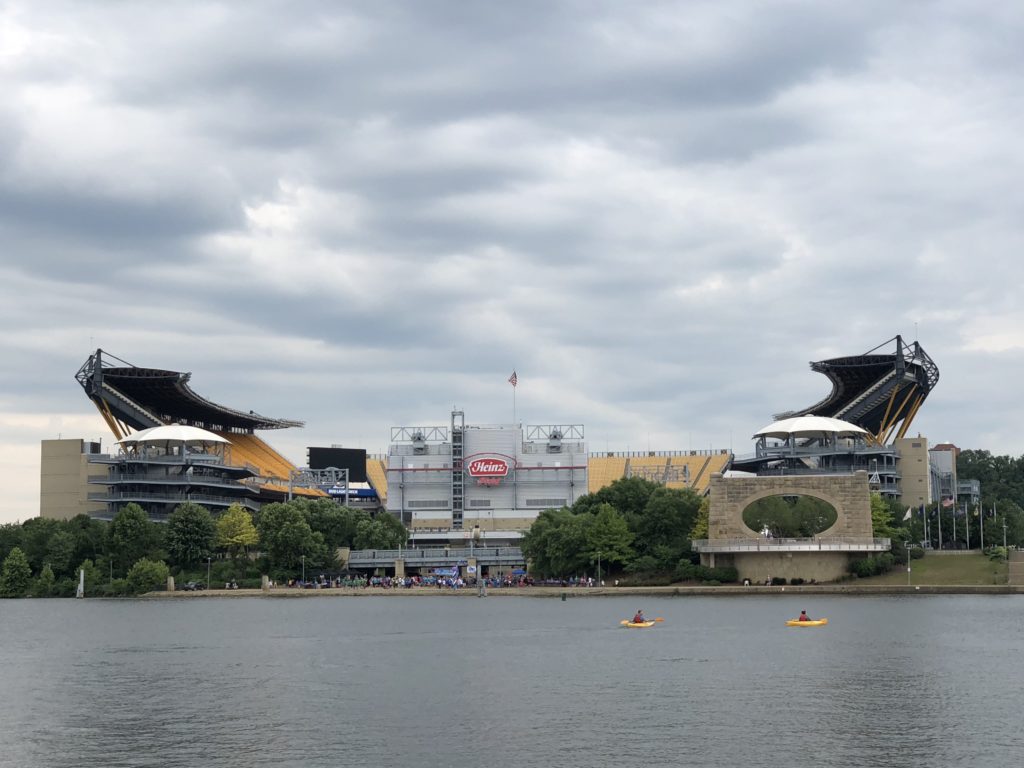

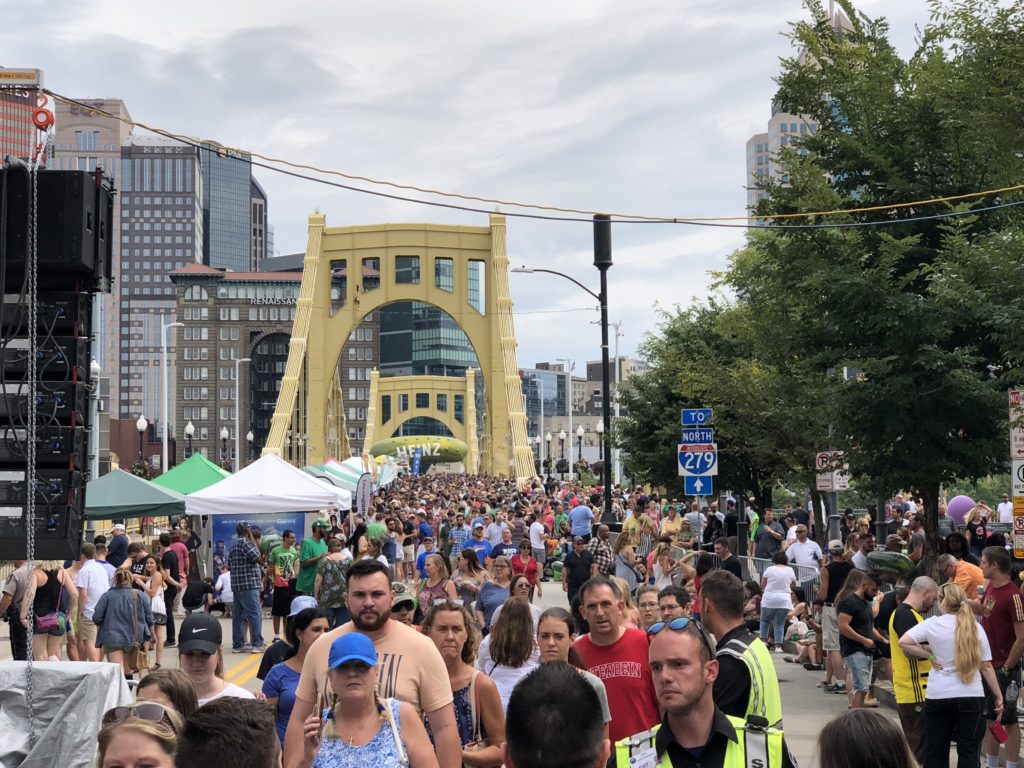
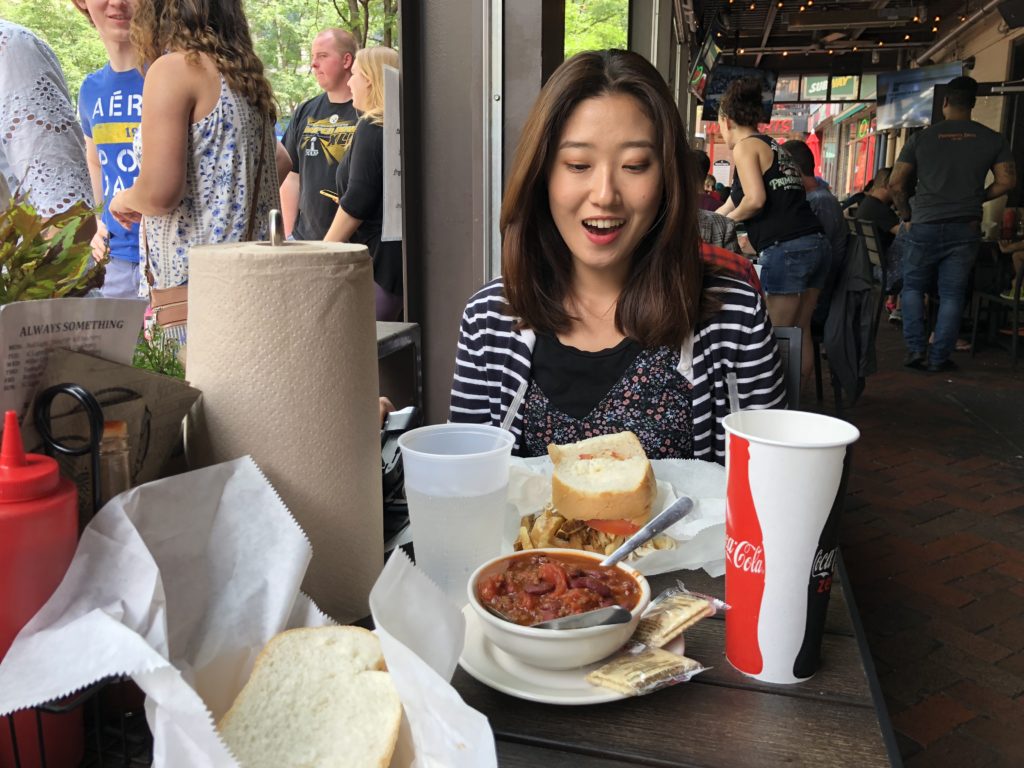
Pittsburgh is also the home town of Andy Worhol, and so we got to explore the huge Andy Worhol Museum – part museum (story about his life) and part art gallery. While my sister in law would probably be able to write a thesis or two on the guy, Ella and I agreed that he seemed to know colour. One of his big techniques was taking widely-known images (soup cans, celebrities’ faces) and changing them in interesting ways – e.g. the colour or clarity. He is widely recognized as one of the key players in the pop art movement, which is a term that I still don’t think I can adequately define. The guy did most of his work in New York, and he was not one of those tortured artists who died poor. Here’s a few interesting ones:
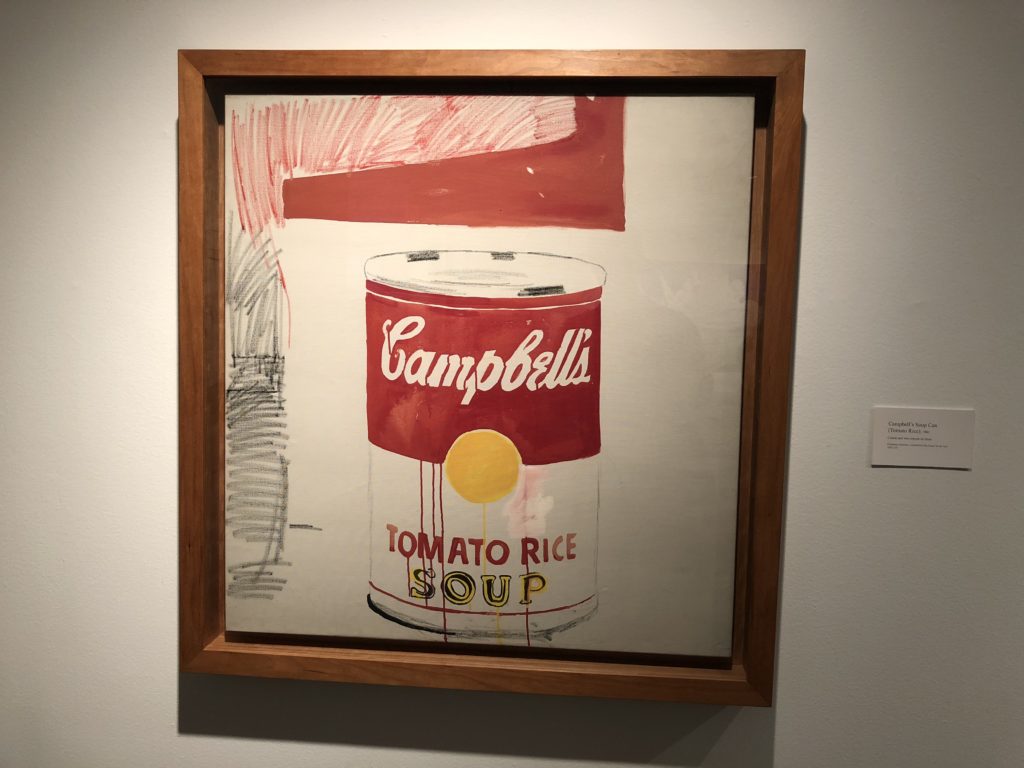
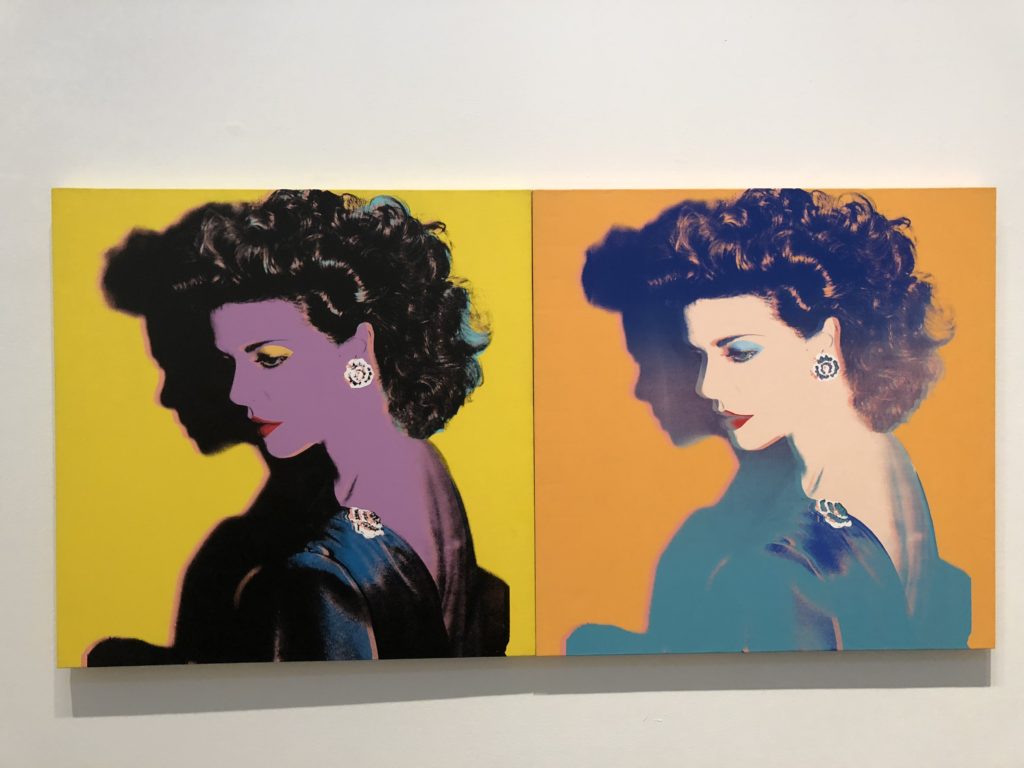
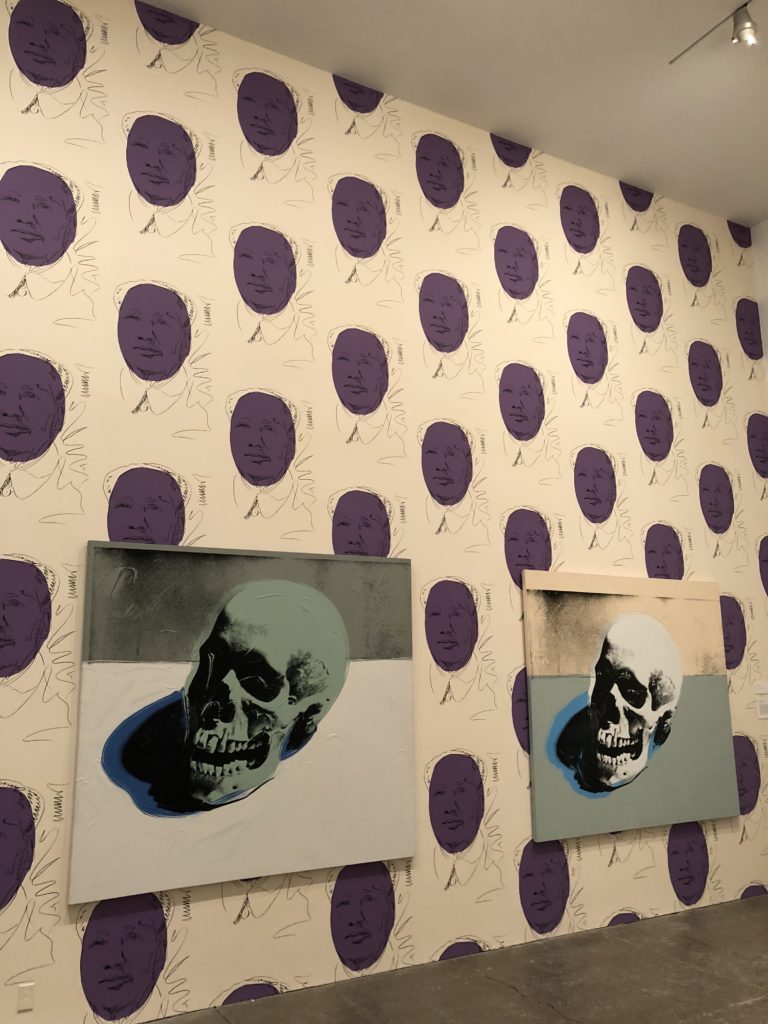
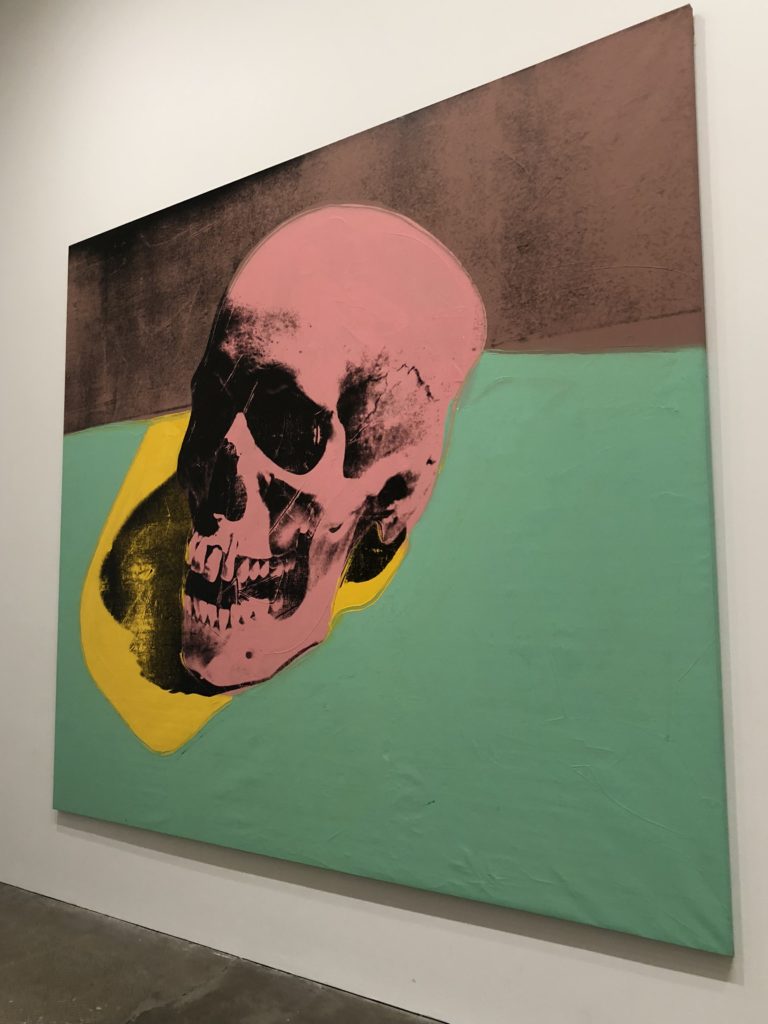
All told, Pittsburgh seems like a really interesting, beautiful and livable city.
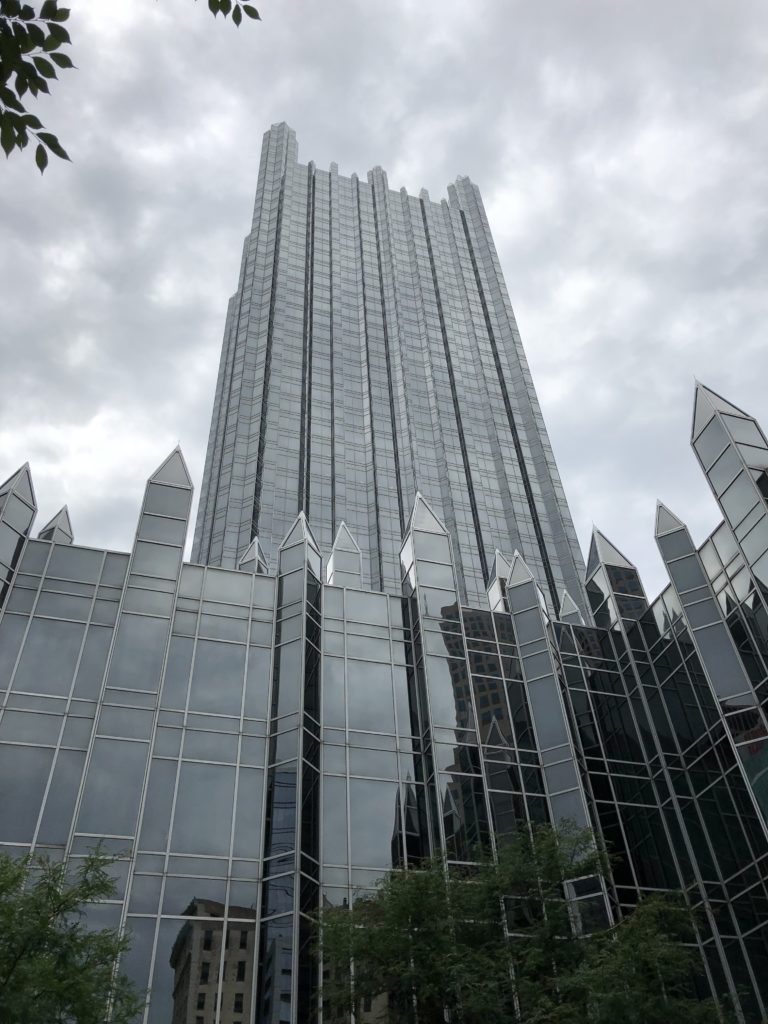
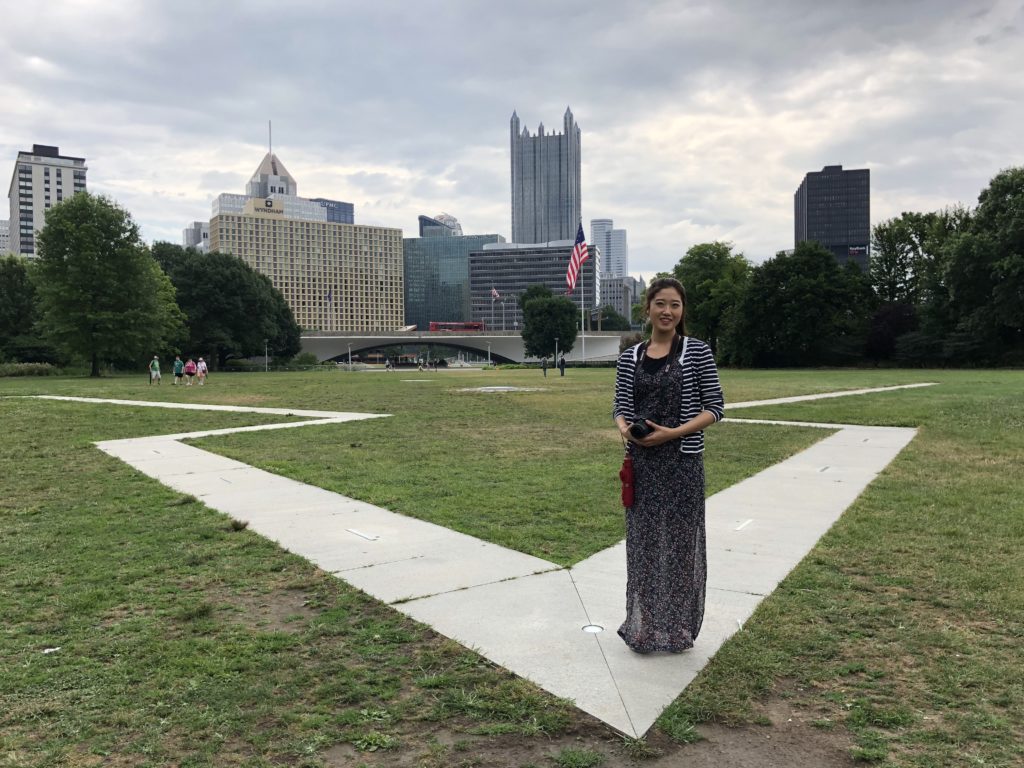
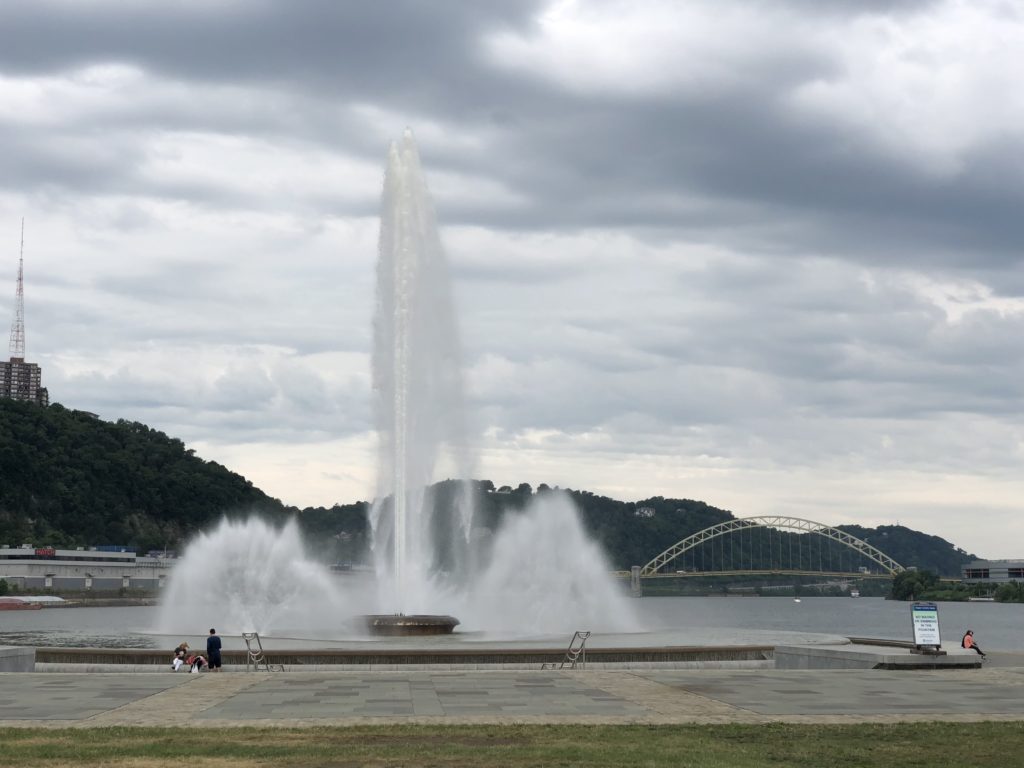
The Pittsburgh Post-Gazette, after years of consolidation, appears to be the main hometown paper with a history stretching back to 1786! It’s privately owned by the Block family. Pittsburgh-related sports, companies, and people feature prominently.


